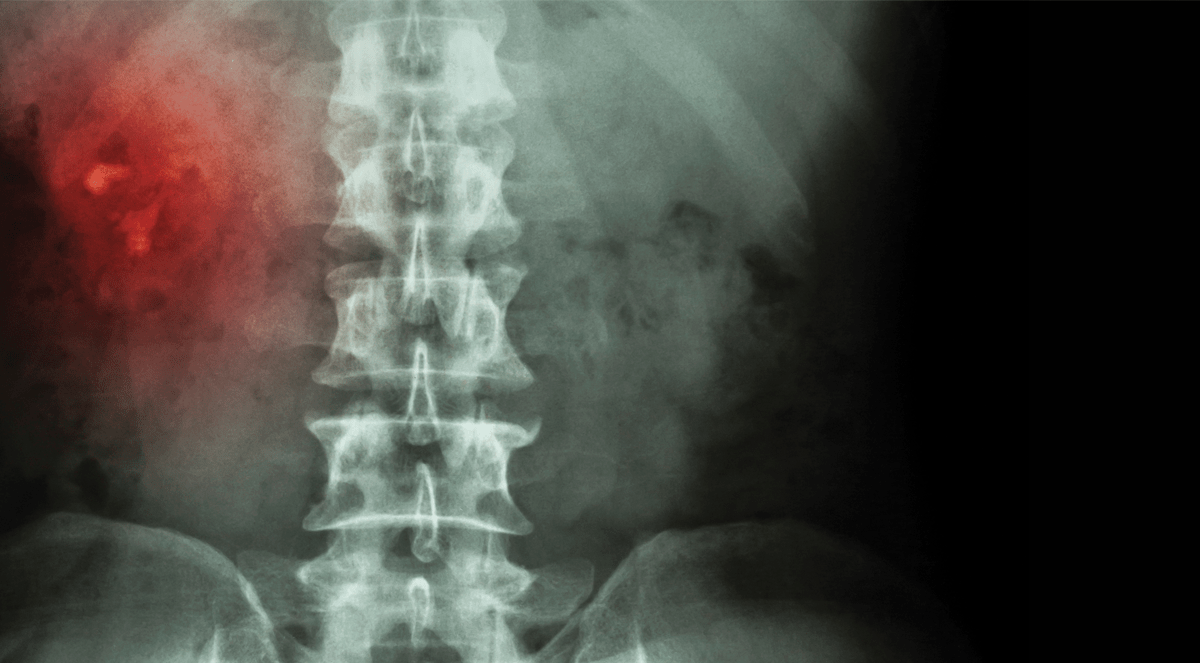According to published estimates, kidney stones afflict nearly one in 11 people in the United States at least once in their lifetime and cause excruciating pain, especially when stones are passed. Some patients with kidney stones are able to pass their stones while others require procedural interventions. “Studies have shown that the rate of ED visits for kidney stones has nearly doubled over the past 15 years,” says Charles D. Scales, Jr., MD, MSHS. “More than 90% of patients who are evaluated in EDs for kidney stones are released after treatment, but little is known about what happens to these patients after they’re discharged.” He adds that preventing repeat ED visits for kidney stones is important because they contribute to inefficient and potentially costly care.
Characterizing the Problem
In a study published in Academic Emergency Medicine, Dr. Scales and colleagues sought to characterize the frequency of ED revisits in a large, all-payer cohort. The investigators also aimed to identify potentially independent links between ED revisits and clinical and non-clinical factors. “Overall, our goal was to identify potential targets for improving emergency care for patients with kidney stones,” Dr. Scales says. The retrospective cohort study analyzed all patients in California who were initially treated and released from EDs for kidney stones between February 2008 and November 2009.
Of the more than 128,000 kidney stone patients involved in the study who were discharged from emergent care, 11% had at least one additional emergent visit within the next month to manage additional symptoms. “Among these patients, about one-third required hospitalization or an urgent temporizing procedure at their second visit,” Dr. Scales says.
Several factors were identified as increasing the likelihood of ED revisits for patients with kidney stones. Such revisits were more likely among younger and white, non-Hispanic people. The odds of an ED revisit were 52% higher for Medicaid beneficiaries than for those with private insurance. A higher per-capita density of urologists was also linked to lower odds of an ED revisit, but no associations were observed when comparing weekday and weekend encounters.
Revisit Outcomes
The study also found that more than 13,000 patients experienced ED revisits, and 29% of these individuals were either admitted to the hospital or underwent an urgent procedure as a result of their revisit. These outcomes varied by clinical and non-clinical factors. The need for hospitalization or urgent procedures was 3.9 times more likely for patients aged 75 and older when compared with younger individuals. Women were nearly twice as likely as men to be admitted or undergo urgent procedures. Patients who revisited the ED and lived in areas with the highest per-capita supply of urologists were most likely to be hospitalized or undergo a procedure.
The Role of Diagnostics
Several diagnostic tests are recommended for use when evaluating patients with suspected kidney stones, including imaging, complete blood counts, assessment of renal function, and urinalysis. The study, however, found that only performance of a blood count was associated with the probability of an ED revisit (Table). “Patients who had white blood cell counts performed at their initial visit had about a 14% lower risk of revisiting the ED when compared with those who didn’t receive this testing,” says Dr. Scales. Conversely, the authors found that urinalysis, imaging, and assessment of renal function were not associated with increased odds of ED revisits.
Potential Solutions
Findings of the study suggest that repeat ED care is an important problem and a potential quality-of-care marker for patients with kidney stones. According to Dr. Scales, the prevalence of kidney stones is likely to increase as obesity rates escalate from Americans practicing poor dietary and lifestyle health practices. “We may be able to reduce costs and improve outcomes by finding ways to optimize care,” he says. “Efforts are needed to improve the quality of care at first ED visit for kidney stones as well as at revisits to the ED.”
Dr. Scales adds that increasing access to specialized treatment from urologists might be able to prevent a return ED visits. “If we better coordinate care for kidney stones with primary care and urology, we may be able to improve outcomes for patients and reduce their need to use the ED for care,” he says. “More research is needed to explore this potential solution, but it’s clear from our study that we should be motivated to identify preventable causes of ED revisits for kidney stones. Once identified, we should then design interventions that are aimed at reducing the risk of requiring repeat care.”



 PWeekly
PWeekly